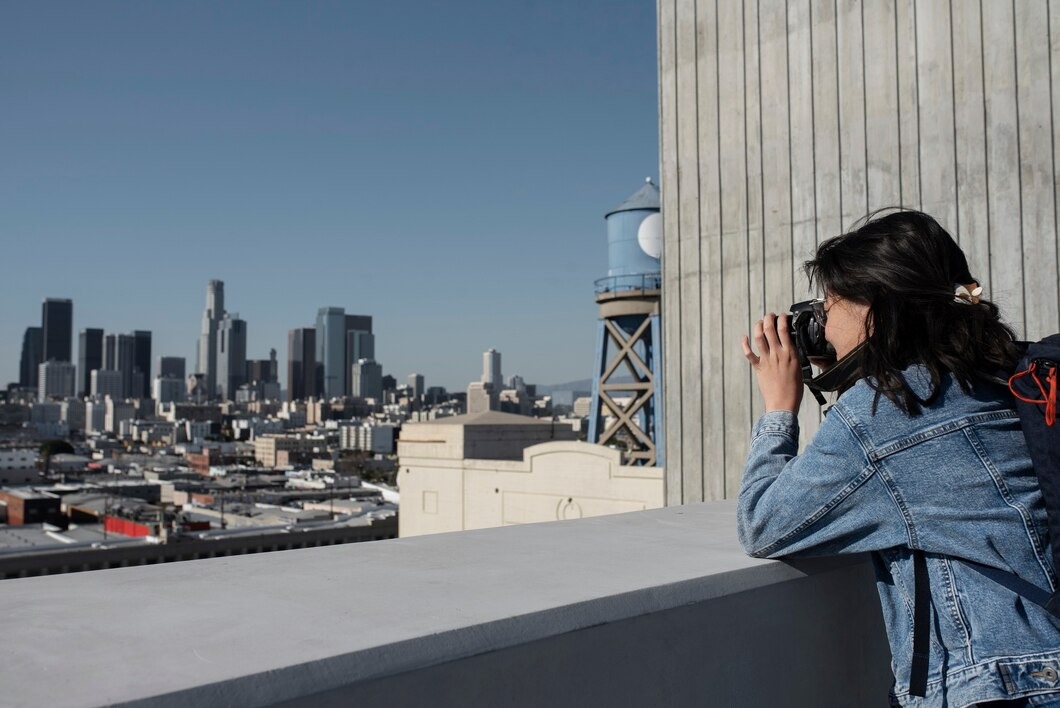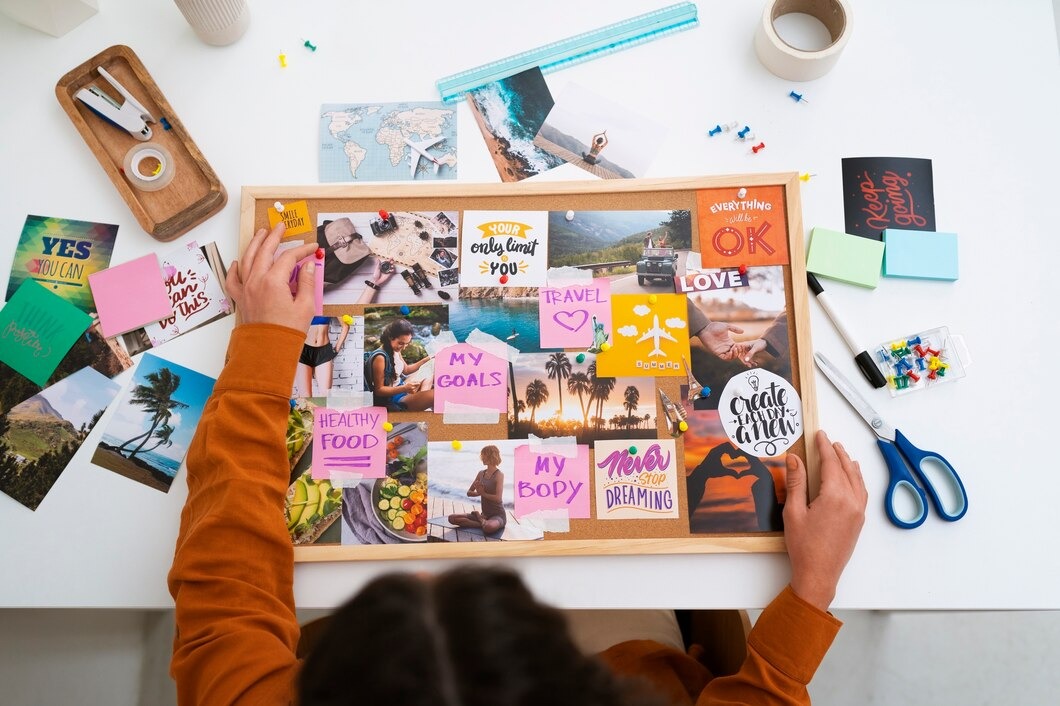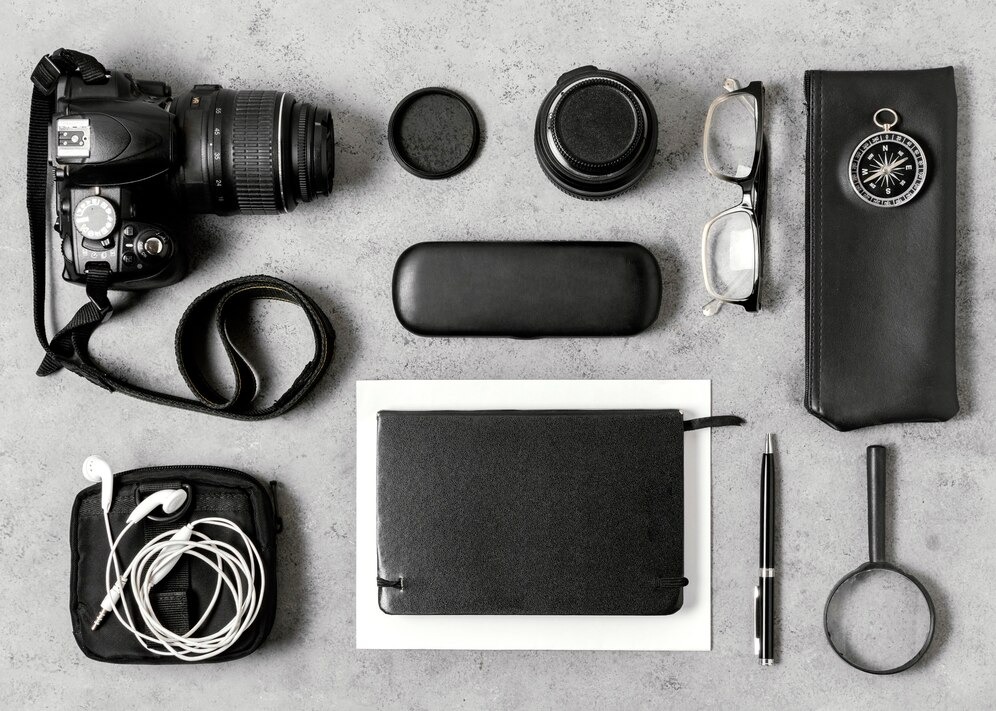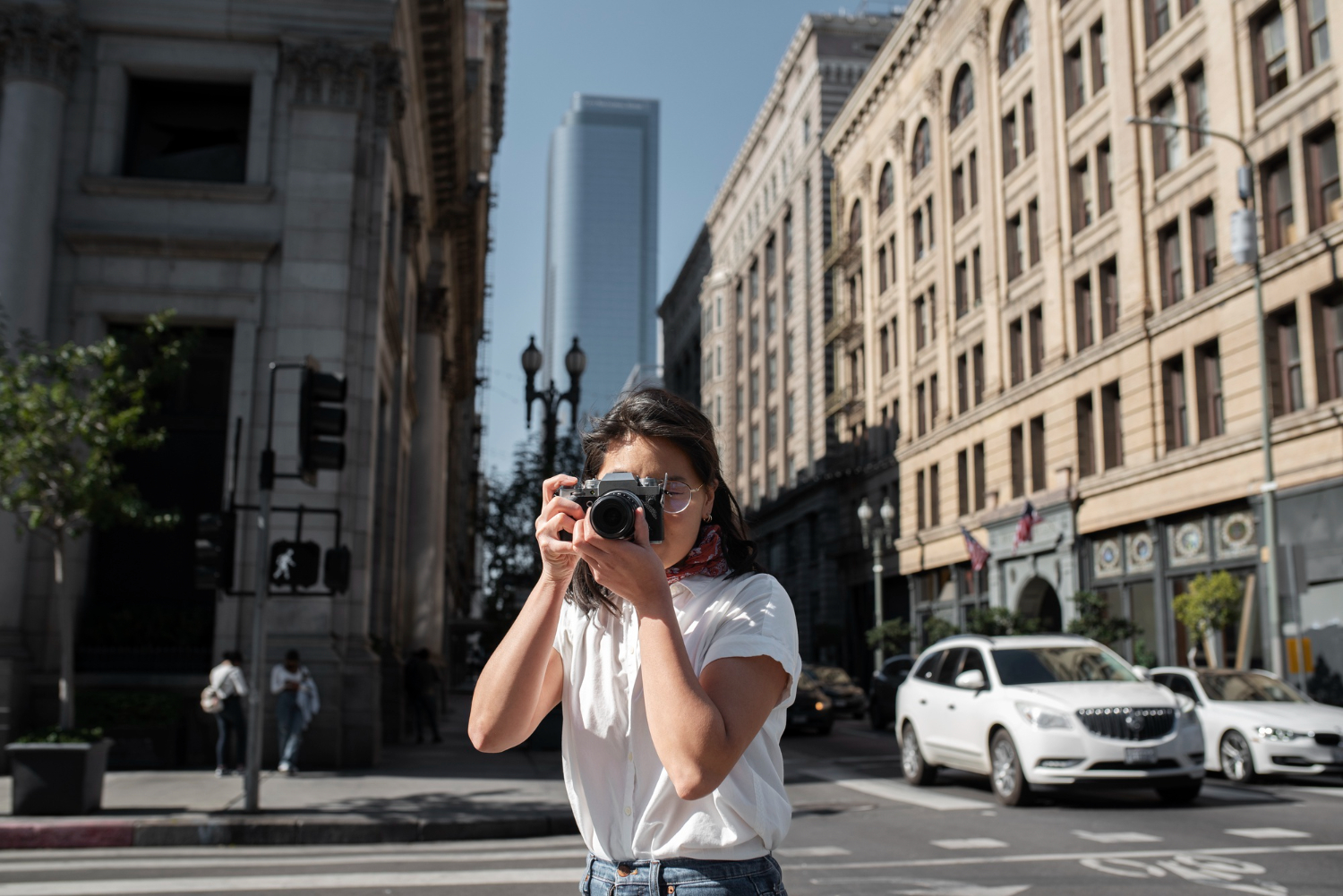Experiencing a city through a camera lens provides an unusual perspective into its identity, dynamism, and culture. Urban Photography helps you put a town in your photography. It’s fantastic for both professional photographers and casual travellers alike. With the needed skills, you can develop impactful pictures that convey a narrative. You can find countless stories through it all, from the high-rises to the hidden back alleys in each city.
This urban photography guide will cover some tips for cityscape photography.
Understanding Urban Photography: More Than Just Buildings
City photography is more than just capturing famous landmarks; it conveys the city’s soul through images. To truly capture the essence of a city, consider these key aspects:
- Architecture & Landmarks – Skyscrapers, historic buildings, and famous monuments define a city’s skyline.
- Street Life – Markets, cafes, and public spaces showcase the daily rhythm of urban life.
- People & Portraits – Locals, commuters, and street performers add human elements to your shots.
- Light & Atmosphere – Different times of the day dramatically affect how a city feels and looks.
- Textures & Details – Graffiti, street signs, and shopfronts contribute to a city’s unique charm.
- Cultural Symbols & Traditions – Festivals, street performers, and special rituals show what a city is about.
Focusing on these elements can help create a visual story that immerses viewers in the city’s culture and atmosphere.
Cityscape Photography Tips: Mastering Composition and Lighting

Use Leading Lines to Guide the Eye
Leading lines help direct the viewer’s gaze towards the focal point of an image. Streets, bridges, train tracks, and rows of lampposts can guide the eye into the photo. They create movement and depth.
Find Unique Perspectives
Instead of taking the typical tourist shots, experiment with different angles:
- Shoot from above – Rooftops, balconies, or observation decks offer breathtaking panoramic views.
- Get low – From a ground-level perspective, capturing buildings can create dramatic, towering compositions.
- Frame within a frame – Use doorways, windows, or arches to frame your shot naturally and add depth.
- Through Reflections – Using puddles, mirrors, or glass buildings can add a creative and surreal element to your images.
Take Advantage of Golden Hour and Blue Hour
Lighting plays a crucial role in cityscape photography. The best times to shoot city scenes are:
- Golden Hour (sunrise/sunset): Soft, warm light enhances textures and creates striking contrasts.
- Blue Hour (just after sunset): The sky turns a deep blue, providing a beautiful contrast against artificial city lights.
- Midnight Cityscapes: Explore long-exposure shots of neon-lit streets for a unique mood.
Shooting at these times ensures well-balanced lighting and avoids harsh midday shadows.
Capture Reflections for Creative Effects
Reflections can add a dynamic element to your shots. Look for puddles, glass windows, or bodies of water that mirror city lights and structures. A well-placed reflection can transform an ordinary scene into an artistic masterpiece.
Incorporate Motion for a Lively Urban Feel
Adding a sense of movement can make your urban shots feel more immersive. Try techniques like:
- Long exposure photography: Capturing moving cars at night creates beautiful light trails.
- Panning: Following a moving subject with your camera results in a sharp subject against a blurred background.
- Slow shutter speed: Blurring busy streets can highlight the energy of a bustling city.
- Candid Street Photography: Capturing the energy of a market or festival in motion tells a compelling story.
Storytelling Through Photos: Bringing a City to Life

Great urban photography goes beyond aesthetics—it tells a story. Here’s how to use your camera to narrate a city’s tale:
Capture the Daily Life of Locals
Photographing residents in everyday routines offers an authentic look into the city’s culture. Markets, transport hubs, and street vendors are fantastic places to capture candid shots of people going about their day.
Tip: Always be respectful when photographing strangers. If possible, ask for permission before taking close-up portraits.
Focus on Small Details That Define the City
Sometimes, the little things tell the most significant stories. Instead of just capturing broad cityscapes, zoom in on:
- Street art and murals
- Food stalls and café culture
- Vintage signboards and neon lights
- Traditional crafts and market stalls
- Public transport signs and graffiti art
These small yet significant elements help tell the unique story of a place.
Document Contrasts Between Old and New
Many cities are a blend of historic charm and modern innovation. Capturing contrasts, like an ancient temple beside a skyscraper, creates striking images. These scenes show how urban spaces have evolved.
Use Black & White for Timeless Storytelling
Monochrome photography strips away distractions and focuses on emotions, textures, and contrasts. Black-and-white images work exceptionally well for:
- Street portraits
- Historic architecture
- High-contrast city scenes
- Foggy, rainy, or dramatic urban settings
Essential Equipment for Urban Photography

Best Cameras for Urban Photography
- Mirrorless cameras (e.g., Fujifilm X-T4, Sony A7 III) – Lightweight and powerful, perfect for street photography.
- DSLRs (e.g., Canon EOS 90D, Nikon D7500) – Offer excellent image quality and versatility.
- Compact cameras (e.g., Sony RX100 VII, Ricoh GR III) – Great for discreet, on-the-go shooting.
- Smartphones (like iPhone 14 Pro and Samsung Galaxy S22 Ultra) are great for quick street photography. They come with advanced camera apps.
Must-Have Lenses
- Wide-angle lens (16-35mm) – Ideal for capturing expansive cityscapes.
- 50mm prime lens – Great for portraits and everyday street shots.
- Telephoto lens (70-200mm) – Helps isolate subjects in busy urban environments.
- Tilt-Shift Lenses – Perfect for correcting perspective distortions in architecture photography.
Crafting a City’s Visual Story
Urban photography is more than just photographing buildings. It’s about telling a story through cityscapes and deliberate composition. By capturing the people, light, textures, and movement of a city as you know it, your images will resonate with viewers.
Be patient in learning to tell stories with photos. Whether you’re after a particular feel, angle, or composition from your destination, the proper techniques, equipment, and creative ingenuity are all you need to accurately capture the essence of each city you travel to. When you visit a historic town or a modern city, look beyond the obvious. Capture the soul of the city through your lens.
So, what city are you going to capture next? Read through the comments to see your favourite urban photographer destinations.

